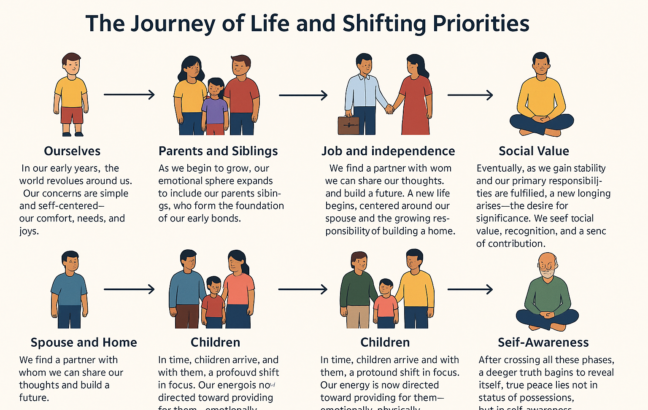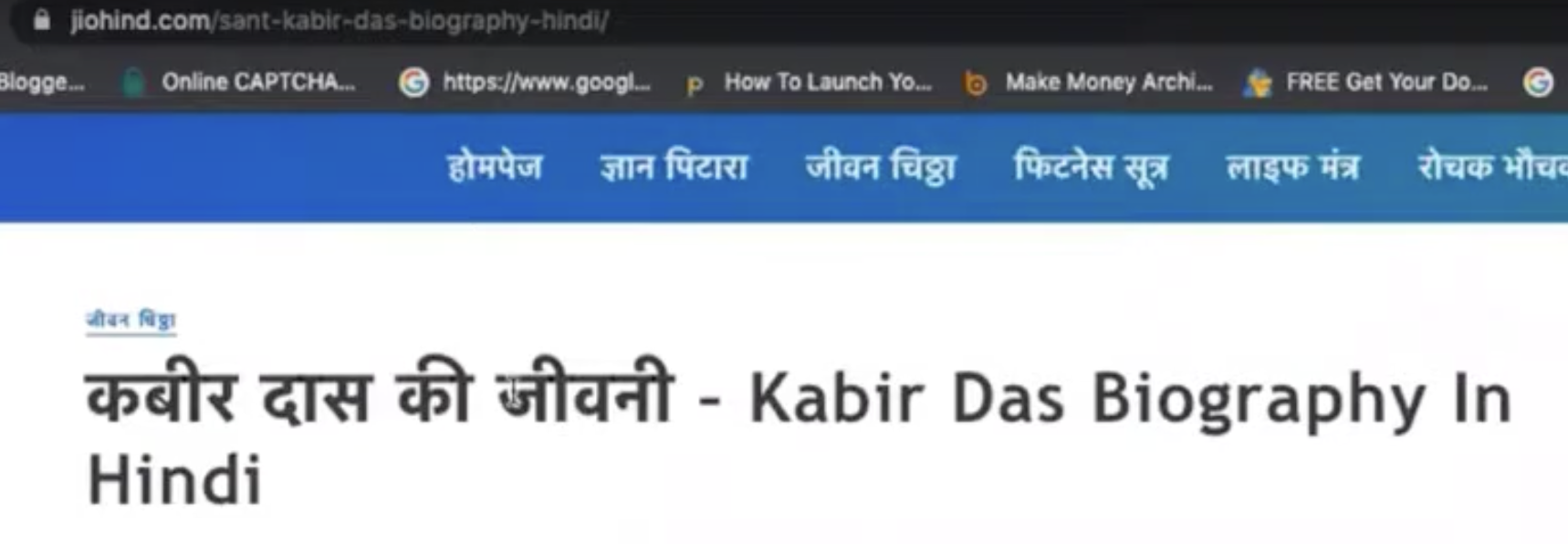Blockchain is a distributed ledger technology that allows multiple parties to record and verify transactions without the need for a central authority. It consists of a network of computers that each maintain a copy of a shared digital ledger, which records transactions in a secure and transparent manner.
One of the main uses of blockchain is to enable secure and transparent financial transactions. For example, it can be used to facilitate the exchange of cryptocurrencies, such as Bitcoin. Blockchain can also be used to track the ownership of assets, such as real estate or art, and to enable secure and efficient supply chain management.
In addition to its use in financial and business applications, blockchain has the potential to revolutionize a wide range of industries, including healthcare, education, and the public sector, by providing a secure and transparent way to store and transfer data.
BlockChain uses in Hospital Management:
Blockchain technology has the potential to transform the way healthcare is managed and delivered. Some potential applications of blockchain in hospital management include:
- Electronic medical records: Blockchain could be used to store and manage electronic medical records (EMRs) in a secure and transparent manner. This could help to improve the accuracy and accessibility of patient records, as well as reduce the risk of errors and fraud.
- Clinical trial management: Blockchain could be used to track and verify the results of clinical trials, ensuring that the data is accurate and cannot be altered. This could help to improve the integrity and reliability of clinical research.
- Supply chain management: Blockchain could be used to track the movement of medical supplies and equipment, helping to ensure that the right products are delivered to the right place at the right time.
- Payment processing: Blockchain could be used to facilitate secure and efficient payment processing for healthcare services, reducing the risk of fraud and errors.
- Data sharing: Blockchain could be used to enable secure and efficient data sharing between different healthcare providers, helping to improve patient care and coordination.
Overall, the use of blockchain in healthcare has the potential to improve the efficiency, security, and transparency of hospital management, ultimately leading to better patient care.
BlockChain uses in Game Management:
Blockchain technology has the potential to transform the game industry in a number of ways. Some potential uses of blockchain in game development include:
- In-game asset ownership: Blockchain can be used to track the ownership of in-game assets, such as virtual items or currencies. This can help to ensure that players have true ownership of the assets they acquire in-game, rather than simply having a license to use them.
- In-game marketplaces: Blockchain can be used to facilitate secure and transparent in-game marketplaces, where players can buy and sell in-game assets. This can help to create more vibrant and active in-game economies.
- Game development funding: Blockchain can be used to facilitate crowdfunding for game development projects. This can help to democratise the process of game development and enable more independent developers to get their projects off the ground.
- In-game voting: Blockchain can be used to enable players to vote on game updates and other decisions related to the game. This can help to create more community-driven and player-driven games.
Overall, the use of blockchain in game development has the potential to create more immersive and engaging gaming experiences, as well as more transparent and fair economic systems within games.
BlockChain uses in Coin/Cryptocurrencies:
Blockchain technology is often used in the development of cryptocurrencies, also known as coins. Some specific ways in which blockchain is used in coin development include:
- Secure and transparent record-keeping: Blockchain technology allows for the secure and transparent tracking of transactions, which is essential for the proper functioning of a cryptocurrency.
- Decentralized control: Cryptocurrencies are often designed to operate without a central authority, relying instead on a decentralized network of computers to verify and record transactions. This is made possible by the use of blockchain technology.
- Smart contracts: Some cryptocurrencies make use of smart contracts, which are self-executing contracts with the terms of the agreement between buyer and seller being directly written into lines of code. These smart contracts can be implemented on the blockchain, enabling secure and automated execution.
- Tokenization: Blockchain can be used to create tokens, which are digital assets that can represent a variety of things, including currencies, assets, or even voting rights. These tokens can be used in conjunction with cryptocurrency development.
Overall, blockchain technology plays a key role in the development of cryptocurrencies, enabling secure and transparent record-keeping, decentralised control, and the use of smart contracts and tokens.








